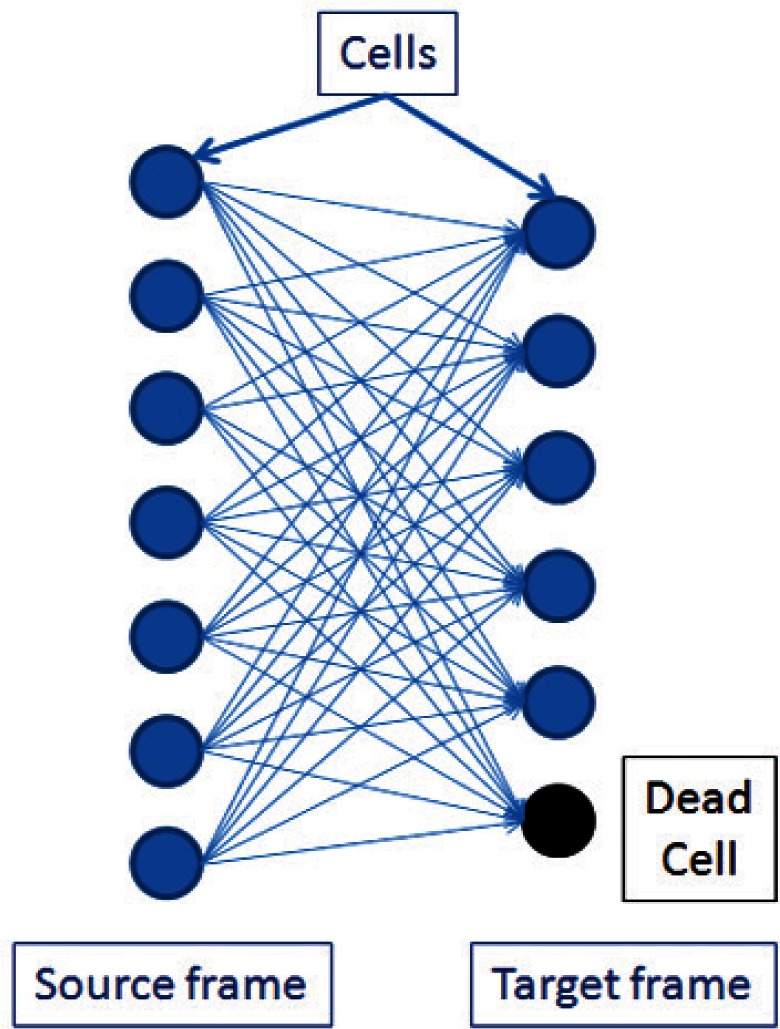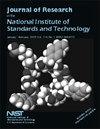基于重叠的细胞跟踪器。
IF 1.5
4区 工程技术
Journal of Research of the National Institute of Standards and Technology
Pub Date : 2010-12-01
Print Date: 2010-11-01
DOI:10.6028/jres.115.034
引用次数: 8
摘要
为了方便从活细胞图像集中提取定量数据,需要自动图像分析方法。本文介绍了由美国国家标准与技术研究院(NIST)开发的重叠单元跟踪软件的一般原理。该细胞跟踪器能够根据连续帧中细胞区域之间的重叠量以高速率获得的一组时间推移图像来跟踪细胞。它被设计为高度灵活,需要很少的用户参数化,并且具有快速的执行时间。本文章由计算机程序翻译,如有差异,请以英文原文为准。



Overlap-Based Cell Tracker.
In order to facilitate the extraction of quantitative data from live cell image sets, automated image analysis methods are needed. This paper presents an introduction to the general principle of an overlap cell tracking software developed by the National Institute of Standards and Technology (NIST). This cell tracker has the ability to track cells across a set of time lapse images acquired at high rates based on the amount of overlap between cellular regions in consecutive frames. It is designed to be highly flexible, requires little user parameterization, and has a fast execution time.
求助全文
通过发布文献求助,成功后即可免费获取论文全文。
去求助
来源期刊

Journal of Research of the National Institute of Standards and Technology
Engineering-General Engineering
自引率
33.30%
发文量
10
期刊介绍:
The Journal of Research of the National Institute of Standards and Technology is the flagship publication of the National Institute of Standards and Technology. It has been published under various titles and forms since 1904, with its roots as Scientific Papers issued as the Bulletin of the Bureau of Standards.
In 1928, the Scientific Papers were combined with Technologic Papers, which reported results of investigations of material and methods of testing. This new publication was titled the Bureau of Standards Journal of Research.
The Journal of Research of NIST reports NIST research and development in metrology and related fields of physical science, engineering, applied mathematics, statistics, biotechnology, information technology.
 求助内容:
求助内容: 应助结果提醒方式:
应助结果提醒方式:


